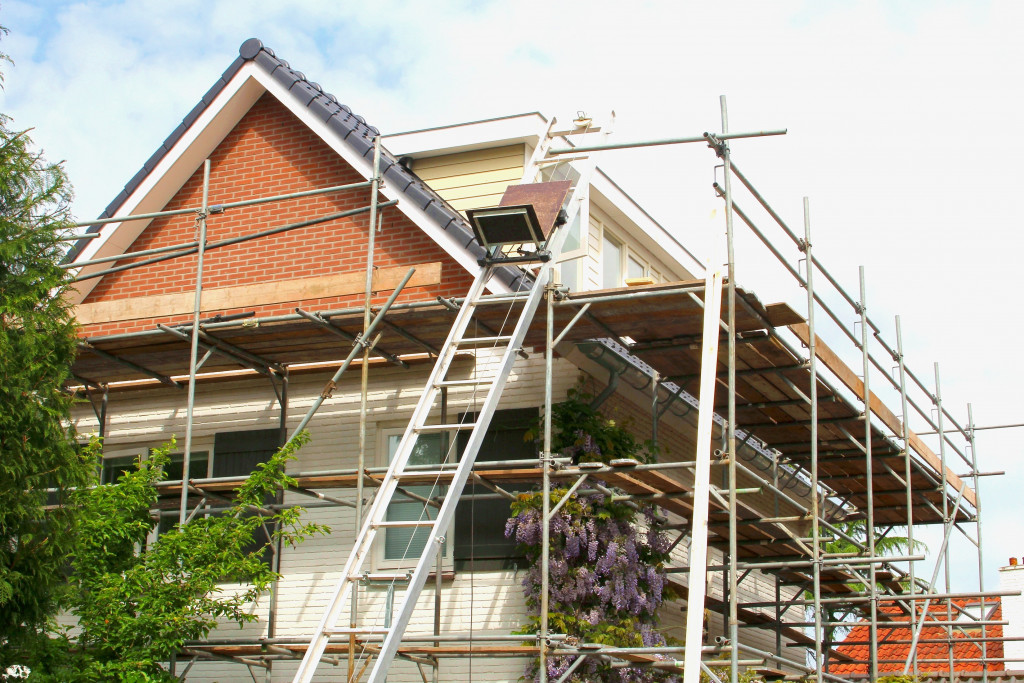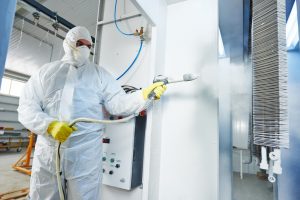As homeowners, it’s essential to maintain your home in an eco-friendly and sustainable way. By making small changes to our renovation practices and methods, we can help reduce energy consumption and environmental impact while maintaining a safe, clean living space. This article will go over four eco-friendly renovation tips to help maintain your home in an environmentally-friendly manner.
1. Use Reclaimed Materials
One of the best ways to renovate a home in an eco-friendly way is by using reclaimed materials. Whether it’s wood, brick, or stone, using recycled materials can help reduce the energy and resources that go into producing new materials. It also helps reduce the amount of waste that is generated during construction, as well as reduces the cost associated with buying brand-new materials.
Reclaimed materials are eco-friendly and often hold a unique charm that new materials cannot replicate. Using these materials can create a unique and sustainable look that is often more visually interesting than newer products. Furthermore, reclaimed materials have the added benefit of being pre-aged — giving your home an authentic character that may be difficult to achieve with new construction.
However, some essential factors must be considered when renovating with reclaimed materials. For safety purposes, it’s important to inspect any material used for structural integrity before use. Additionally, any chemical treatments or finishes should be carefully inspected for compatibility with existing structures and environmental regulations. As long as all necessary precautions are taken, using reclaimed materials can be an effective and eco-friendly way to renovate.
2. Use Renewable Energy Sources

During a renovation project, it’s essential to use renewable energy sources such as solar and wind power instead of relying on non-renewable sources like gas or electricity. This can help reduce the home’s carbon footprint and save money on energy bills in the long run.
When it comes to using renewable energy sources, homeowners have several options. Solar panels and wind turbines are the most common forms of renewable energy used in a home. However, other options also exist.
Using a hygiene services contractor during a renovation project can also help ensure that renewable energy sources are used most efficiently. For example, many contractors offer solar system installation, maintenance services, and other green energy solutions such as LED lighting and smart home automation systems. By using a qualified contractor to install these renewable energy sources, homeowners can ensure their energy efficiency measures are adequately implemented and provide their homes with a sustainable power source.
3. Opt for Low-Flow Fixtures
When selecting fixtures for your bathroom and kitchen, opt for low-flow models designed to limit water usage without sacrificing performance. A low-flow shower head, for example, can significantly reduce water consumption while still providing a decent shower.
Low-flow fixtures are a great way to reduce water consumption without compromising quality. They save you money in the long run and can make a massive difference to the environment by reducing your water footprint. Low-flow toilets, for example, use only 1.28 gallons of water per flush compared with traditional models that use up to 5 gallons per flush. Additionally, low-flow faucets and shower heads work just as well as standard fixtures while using significantly less water — up to 50% less!
When selecting these fixtures, look for models certified with the EPA’s Water Sense program, ensuring that products meet strict standards for improving energy efficiency and protecting the environment.
4. Install Insulation
Insulating your home is one of the most critical steps in making it more energy efficient. Proper insulation helps keep warm air inside during winter and cool air inside during summer, which can significantly reduce energy bills. When deciding on insulation for a renovation project, homeowners should consider several factors, such as budget, climate, and the type of insulation needed.
For example, different types of insulation work better in certain climates. For instance, fiberglass insulation is ideal for keeping rooms warm in areas with cold winters. On the other hand, cellulose or foam insulation is best for climates with hot summers as they help keep air conditioning costs down.
It is also important to note that different types of insulation for different home parts exist. For instance, blown-in insulation works best for attics and walls, while rigid foam board insulation is ideal for basements, crawl spaces, and floors. Additionally, various installation options depending on the type of insulation being used. For example, unfaced insulation typically comes with a vapor barrier which must be installed to prevent moisture from building up. On the other hand, faced insulation does not require a vapor barrier as it already has one attached.
When selecting an installer for your insulation project, homeowners should ensure that they are hiring experienced professionals who will use the proper materials and techniques. To help with this, the Department of Energy provides detailed insulation installation guidelines that professional installers should follow. As a bonus, some states offer tax credits for installing energy-efficient insulation in your home, so check with local government offices to see if you qualify.
In Closing
Renovating your home can be a great way to reduce energy bills and make it more eco-friendly. Following these four tips for eco-friendly renovation, you can ensure that your project is as energy efficient and sustainable as possible. From selecting suitable materials to installing insulation properly, these steps will ensure that your renovations help protect both the environment and your wallet.






